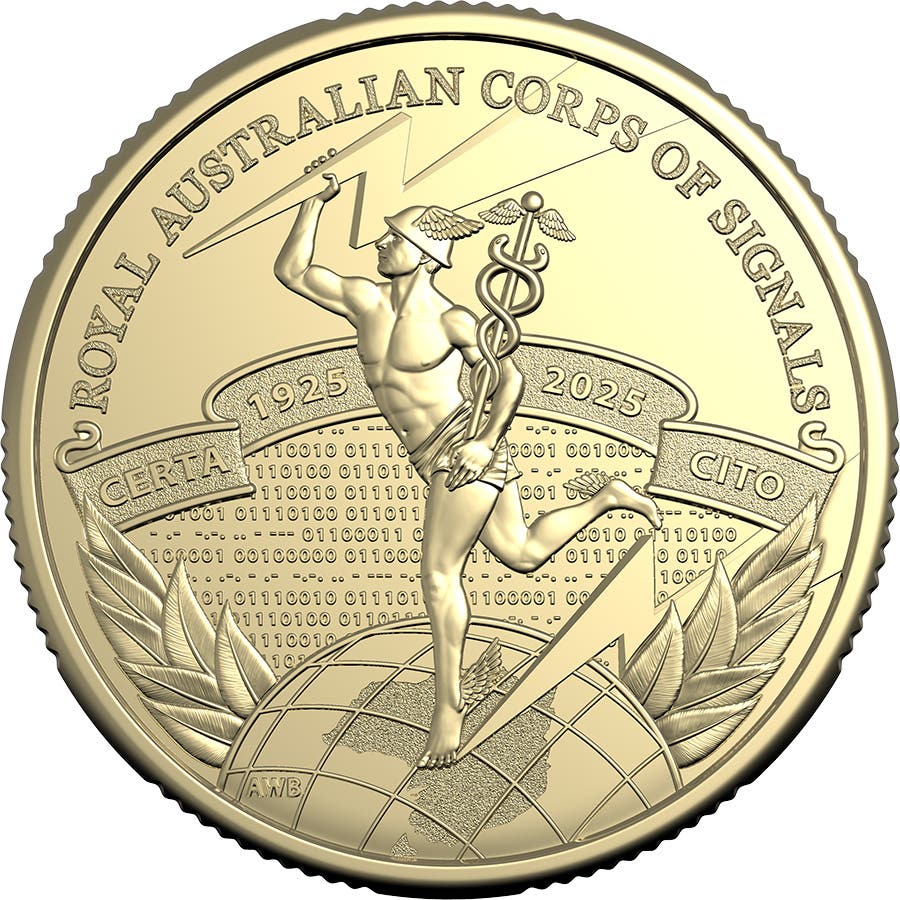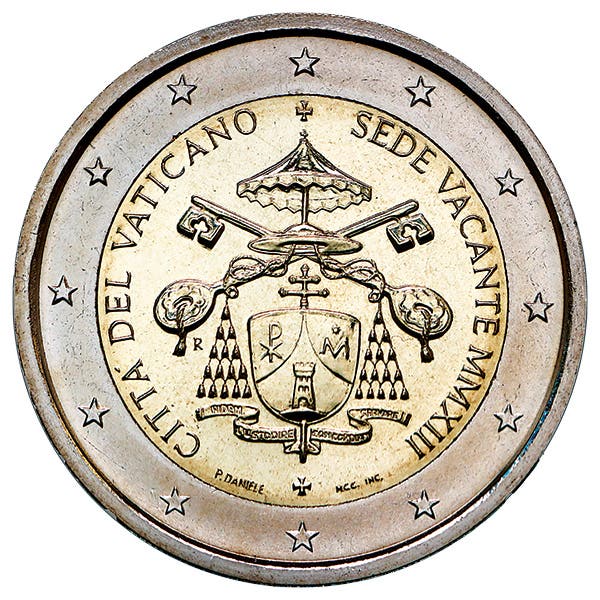From Gods to Commoners – the Faces on Coins
The earliest coins we know of in the West come from what today is Turkey. They were made from placer nuggets of gold or silver, or a naturally occurring alloy…
The earliest coins we know of in the West come from what today is Turkey. They were made from placer nuggets of gold or silver, or a naturally occurring alloy of the two called ‘electrum,’ all of which could be pulled from the rivers and streams of that part of the world and stamped with some symbol of authority. So how did coins get from this rather humble beginning to where we are now? The story is actually quite interesting, and many of the coins related to it are still affordable today.
The City-States
Ancient Greece was not the unified nation it is in our modern world. Rather, it was a collection of small nations, what we call city-states, because each had one central city and influence in the area immediately around it. But some of them were built near areas where a precious metal could be mined – Athens being a prime example – and as trade expanded, each city-state started making their own coins. While coins made trade a lot easier, they also served as a type of positive propaganda. The images on them meant something. The image of Athena, the patroness of Athens, was one that was known throughout a much larger area than just Athens. Likewise, the coins called staters of Corinth were recognized through much of that part of the ancient world.
Interestingly, the two coins we have just mentioned are quite available to interested collectors today. Neither the silver owl of Athens nor the silver stater of Corinth is going to be found in a dealer’s bargain bin. But then again, neither of them are going to cost a fortune. A few hundred dollars can be all we need to make a good purchase.
On top of all this, for those who wish the more modern version of an ancient image, look at the Euros of Greece for a moment. The bimetallic, one-euro piece sports an example of that ancient owl, and they are super affordable.
From Gods to Men
Somebody had to be the first person to push the gods aside and take their place on coins, and it needed to be a guy with an absolutely enormous ego. That guy also came with an enormous empire, and managed to build the entire thing before he was thirty years old. Who has the ego, the arrogance, and the sheer, unadulterated guts to do such a thing? Alexander. Yep, the one we call Alexander the Great.
Believe it or not, there are plenty of coins of Alexander still to be found. Many show him wearing a lion’s head and mane as a headdress. This is something of a swipe at him being almost divine, as it is supposed to be the image of him as Herakles (later known as Hercules), a demi-god among the Greeks. Silver pieces of Alexander are pretty much in the same category as those city-state pieces we have just mentioned, in that they are never going to be cheap, but they are also not insanely expensive. Surprisingly, a few hundred dollars can land a good-looking example.
The Glory of Rome
When a little town named Rome went through the growing pains that made it the center of one of the biggest empires the world had ever seen, its trade and coinage system evolved with it. The earliest Roman pieces to be called coins are cast pieces known today as “aes grave,” meaning heavy bronze. They can be costly and have an array of images on them. By the time Rome was an empire spanning from Britain all the way to the Arabian deserts, there were plenty of bronze, silver, and gold coins, all with one emperor or another looking out from them.
The coinage of the Roman Empire gave certain aspects of coinage to the world that are still in use today. The idea of using an entire surface, by pushing the lettering into arc around each side, starts with Rome. Before this, lettering was always in straight lines. The idea of using the reverse for some type of theme or positive propaganda is another. And Latin as the language? Well, we still write, “E pluribus unum” on our coins today, meaning “from the many, one.” As well, Great Britain continues to use a Latin phrase or two.
Since Rome lasted as a government for a bit over 1,500 years – counting from the Republic to the end of the Eastern Roman Empire – we have a lot from which to choose. Collectors with the means can try to assemble twelve gold coins from the first twelve emperors, based on the writing of the ancient historian Suetonius, who wrote, “The Twelve Caesars.” Those of us with less to spend can try doing something like this in silver. But even those collectors who keep a very tight leash on their spending can find plenty of Roman bronze pieces from the later times of the Empire. It can be a very pleasant surprise to find out how little some of the Roman pieces cost.
Europe as a Collection of Nations
After the fall of the Western Roman Empire, it took quite a while for Europe to come back to a level of organization that might be considered equal to that of ancient times. As Europe evolved into nation states however, they kept to the idea of putting kings, and the occasional queen, on the obverse of their coins. There was no real change from what Rome had done so long ago, although the technical means of making coins had gotten progressively more sophisticated with time. By the time thirteen small, British colonies along the eastern coast of North America had gotten sick and tired enough of British rule that they broke away, virtually every country in Europe was producing coins sporting a king’s face. Britain, France, Portugal, and Spain had become the major players when it came to colonies in the New World, and the silver 8-reales of New Spain had become a coin used just about everywhere. Indeed, there has been a great deal written about how the 8-reales was the first true silver dollar of the young United States. Plenty of these are available and affordable today.
Collecting the coins of any European nation from these past times usually involved finding a series of royal heads on them. An impressive string of Spanish silver 8-reales pieces is not actually all that difficult to assemble. The coins of Britain may be a tougher challenge, simply because the British treasury was a mess for part of the 1700’s, and all sorts of other coins filled the gaps. But however we choose to collect, there are almost always some good buys available to the patient collector.
Liberty Embodied
Maybe it was the arrogance of being the new kid in the neighborhood, or maybe it was a true case of lofty ideals, but whatever the reason, the young United States took the next step in the evolution of coin design, to an image of Liberty. No kings for us, no way, no thank you. We had a president, and the lore is that he appears to have thought it too monarchial to put his face on a coin, at least while he was alive. And thus began a series of images of Liberty that went on for more than a century. From the earliest half dismes of 1792 all the way up to the Barber design that saw its final hurrah in 1916, there are a lot of images Liberty to be had.
Normal People and New Ideas: Lincoln Takes the Obverse
It was the year 1909 which saw the first of what we might call a “normal” person on any of our coins, that person being none other than the man who got us through our Civil War, Mr. Abe Lincoln. We can claim now that this single image was a big step away from what had become a long tradition. But we might also make that claim of the earlier Indian Head cent, although some aficionados will swear that she too is a stylized image of Liberty.
Whether the Indian Head cent or the Lincoln cent gets credit for starting something new, no collector will argue that the twentieth century saw some major-league changes in the designs of United States coins. We had the beauties of 1916, meaning the Mercury dime, the Standing Liberty quarter, and the Walking Liberty half dollar. We had the realistic majesty of the Indian Head or Buffalo nickel. And we had the Washington quarter, the Jefferson nickel, the Roosevelt dime, and the Franklin half dollar all join the Lincoln cent as a parade of political leaders took their places on our coinage. For many, these are the classic series to which collectors really gravitate.
The Most Modern
The past few decades have seen United States coin designs expand from presidents to a larger pool of real people – Susan B. Anthony and Sacagawea being two who come quickly to mind. As well, a variety of ideas have made it onto some of our most modern coins – the American Innovation dollars being one prime example here. All of these are quite inexpensive today and can be fun as well as educational to collect.
Whatever we choose to collect, be it coins of the ancient world, something more modern but still classic, or some of the most modern of coin series, it’s fascinating to know that the images we see are part of a millennia-long saga. That saga continues to unfold and continues to provide some amazing possibilities for all of us in the collecting community.








